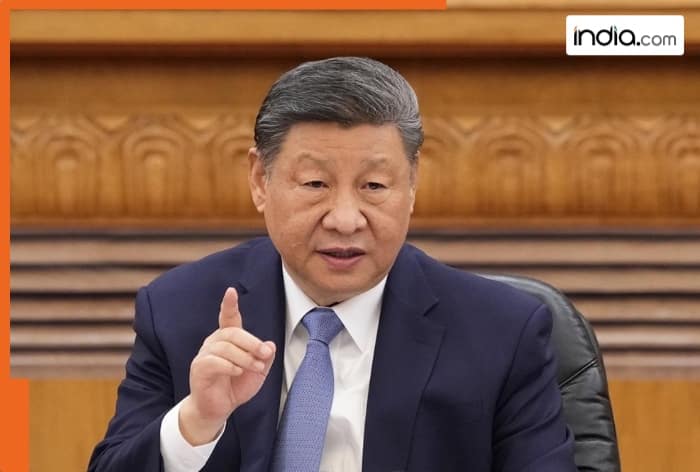China has spread its feet everywhere, from the Padma Bridge to the Special Economic Zone and river-water management.

New Delhi: The geopolitical situation of South Asia is changing rapidly. It is mainly due to China’s expansionist tendency. After using Pakistan as its strategic weapon for a long time, Beijing is now moving towards the East. The fall of Sheikh Hasina’s government and the rise of the regime of Mohammad Yunus have opened a new door to Bangladesh for China.
Pakistan pattern repeated in Bangladesh
Sheikh Hasina’s pro-India stance was an obstacle for China. But the new government openly welcomed Chinese investments and projects. China has spread its feet everywhere, from the Padma Bridge to the Special Economic Zone and river-water management. Its influence has also increased on ports and infrastructure, where India had a strong hold earlier. Journalist Raza Munib writes in Firstpost that this is the same move that China made in Pakistan, that is, deep strategic penetration in the name of economic investment.
Dangerous alliance of Islamist ideology
Both Pakistan and Bangladesh stand against the backdrop of Islamic nationalism. In both places, fundamentalist forces consider India a permanent enemy. Beijing capitalizes on this thinking to its advantage. From protecting terrorist leaders like Masood Azhar in Pakistan to supporting the Islamist network there, China’s role has been clear. Now there is a fear that Beijing can quietly promote fundamentalists in Bangladesh too.
Strategy to surround India
China’s motive is not just economic. By gaining hold in Bangladesh, it surrounds India from the east. Pakistan in the west is increasing pressure on Nepal-Bhutan in the north, and its naval presence in the Indian Ocean in the south; all these together are creating a “Chinese ring” around India. Chinese investment and intelligence cooperation in Bangladesh and Myanmar further complicate India’s security strategy.
Regional instability and threat of terrorism
The new reality is that Islamist ideology and China’s support together can destabilize the entire region. India’s northeastern borders will become more vulnerable to terrorism and separatism. Myanmar will also be affected by the Rohingya crisis. China has two advantages from this: India’s regional power will weaken, and Beijing will be able to strengthen its hold from the Indian Ocean to the Bay of Bengal.
Alarm bells for India
Today, Bangladesh seems to be playing the same role that Pakistan has been playing for decades, i.e. India’s opposition front and China’s pawn. The only difference is that now this game is being played not only from the west of India, but also from the east. If India does not formulate a strategy in time, then this ‘double game’ of China will open a new chapter of instability, terror and geopolitical rivalry in South Asia.
HIGHLIGHTS
- After using Pakistan as its strategic weapon for a long time, Beijing is now moving towards the East.
- China has spread its feet everywhere, from the Padma Bridge to the Special Economic Zone and river-water management.
- Both Pakistan and Bangladesh stand against the backdrop of Islamic nationalism.
- Chinese investment and intelligence cooperation in Bangladesh and Myanmar further complicate India’s security strategy.
Today, Bangladesh seems to be playing the same role that Pakistan has been playing for decades, i.e. India’s opposition front and China’s pawn. The only difference is that now this game is being played not only from the west of India, but also from the east.

















































